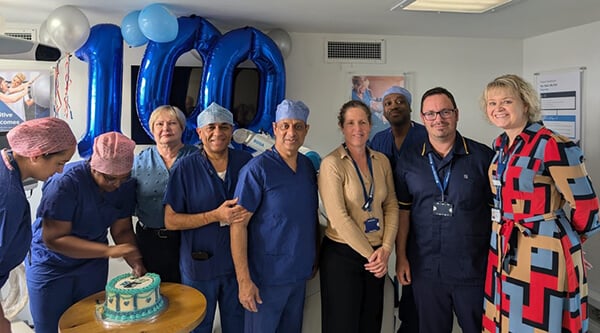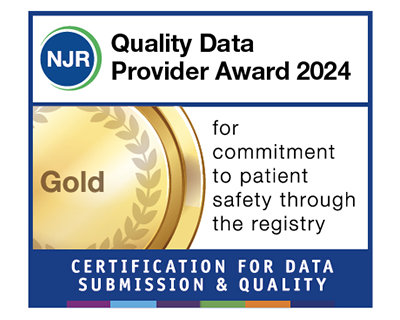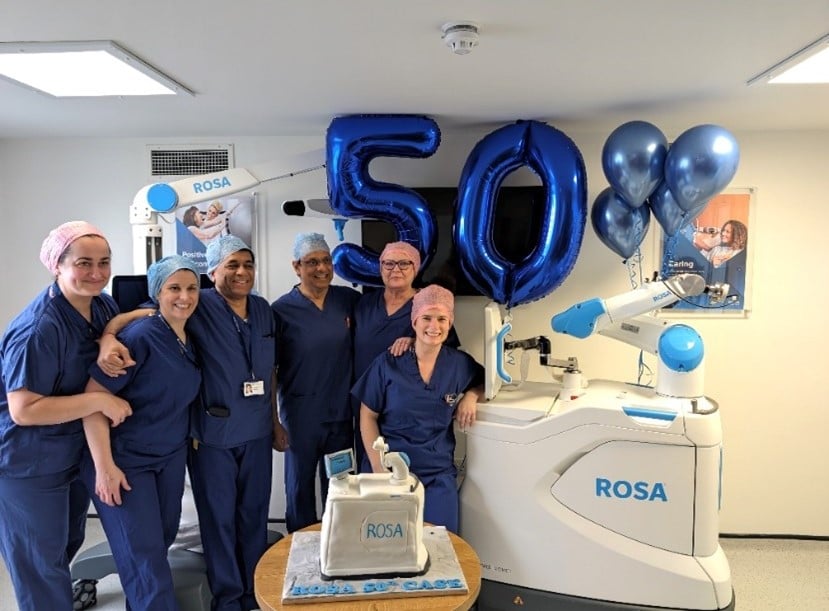Woodland Hospital Specialists
-
Mr Amitabh Dwyer
Mr Amitabh Dwyer is a Consultant Orthopaedic Surgeon who specialises in Upper Limb (Shoulder and Elbow) surgery
Read more -
Mr Alistair Jepson
Mr Alistair Jepson is a Consultant Orthopaedic Surgeon at Woodland Hospital who specialises exclusively in upper limb surgery (shoulder, elbow, hand and wrist).
Read more -
Mr Divyang Shukla
Mr Divyang Shukla is a Consultant Orthopaedic Surgeon in Kettering, Northamptonshire who specialises in hip, knee and shoulder replacements.
Read more -
Mr Suresh Srinivasan
Mr Suresh Srinivasan, is a Consultant Orthopaedic Surgeon at Woodland Hospital in Northamptonshire and Blakelands Hospital in Milton Keynes
Read more


